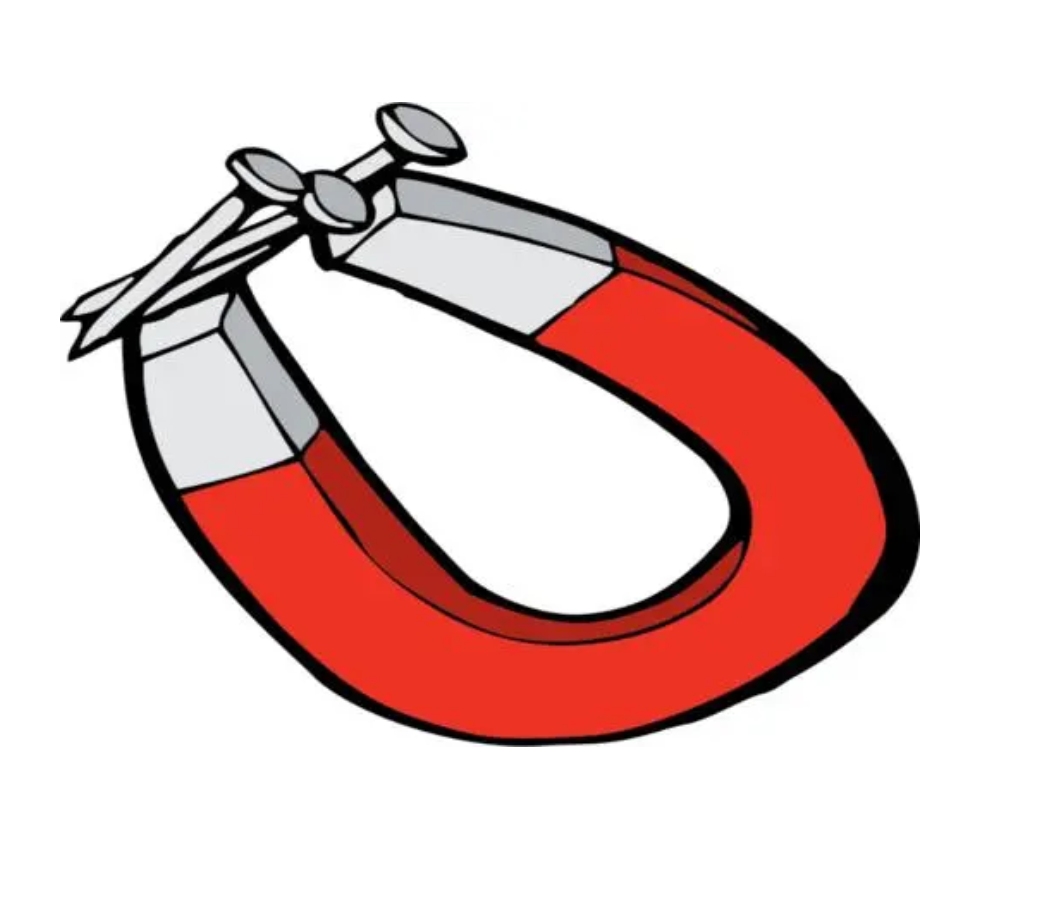Br
A magnet in a closed environment, magnetized by an external magnetic field to the technical saturation after the withdrawal of the external magnetic field. At this time sintered Ndfeb magnet performance of magnetic induction strength. Generally speaking, it can be temporarily understood as the magnetic force of the magnet after magnetization.
The relationship between Br and surface magnetism: both are in Gauss, but there is no corresponding relationship between surface magnetism and Br, that is, two magnets with the same Br, the size of the surface magnetism may not be the same, and the surface magnetism is affected by the shape, size and magnetization of the magnet.

Hcb
When the magnet is reversely magnetized, the value of the reverse magnetic field strength required to reduce the magnetic induction intensity to zero is called the magnetic coercivity. However, the magnetization of the magnet at this time is not zero, but the added reverse magnetic field and the magnetization of the magnet cancel each other, at this time if the external magnetic field is withdrawn, the magnet still has a certain magnetic force.

Hcj
It’s the strength of the reverse magnetic field applied to reduce the magnetization of the magnet to zero. The magnet grade is divided according to the Hcj.

N-M-H-SH-UH-EH-AH
Hcj: Low-High
Vivi
jason@nbysckj.com

